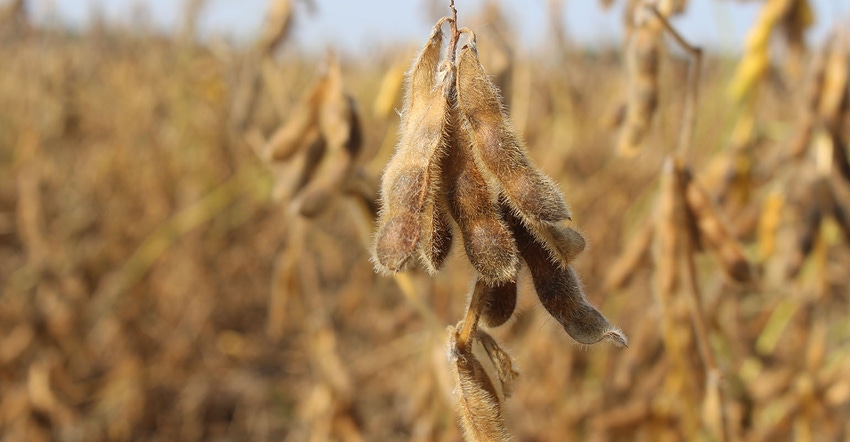
This year has had more than its share of market twists and turns. Early on, price appeared to be heading to much below break-even levels due to COVID-19, burdensome carry outs, and a good start to the growing season. Then the weather began to turn south with some dryness, the derecho storm hit Iowa, and strong demand appeared -- most surprisingly out of China.
As a farmer having to make a pricing decision, all too often your focus is only on bullish news. Despite the recent price retreat, it seems most farmers expect higher prices to continue for many of the same reasons mentioned above.
Avoid price bias
I believe farmers do a better job of marketing when they avoid this price bias.
It’s okay to root for prices to move the direction that is best for your operation. But it’s not okay to find yourself on the wrong side of a price move because you choose to believe price can only move in your favor.
The good news is that harvest can be the easiest time to shed your bias and focus on the numbers. It all starts with asking yourself, “should I store, or should I sell?”
You should not store grain if the bushels cannot be stored at home and must move to a local warehouse. This is due to the combined cost of storage and interest. Commercial storage cost can vary but, in general, it often outweighs the carry in the market plus anticipated basis improvement.
For example, let’s look at soybeans with no bias as to whether prices will increase or decrease in the future. We will use the cash price of soybeans at $9.70, commercial storage space of 35 cents over 9 months and repaying loans at 5%. In this example, the cash price of soybeans would have to increase 71 cents per bushel in 9 months to justify the cost of storage (35 cents) and interest (35 cents) over this time. The monthly cost to see if beans can increase is approximately 8 cents per month in this scenario.
To offset the cost of 71 cents we usually look at carry from now to July; however, looking at the current numbers, we see prices are flat. There is no carry and while basis will improve, it’s not going to cover our cost of ownership in 2020 soybeans.
Soybean call options
Just because we do not see a way to own soybeans at the elevator doesn’t mean you can’t retain ownership in the event prices do move up. Consider purchasing a soybean call option, which depending on the strike you choose to buy can be far less expensive than the cost of storage and interest. A July $10 soybean call is approximately 50 cents per bushel vs the 71-cent ownership cost. Would I use the July 10 call? There are several choices that would have values that fit each unique situation.
One more critical component to the sale of soybeans timed with the purchase of the call option is that it produces a minimum price which is the cash sale minus the cost of the call option. If bushels are stored commercially there is not a minimum price component. There can be risk of lower prices plus the 71 cents of ownership cost in the above example.
You can make the same “math” decisions on other crops and for those bushels which are to be stored at home plugging in the same variables we used for soybeans.
We understand wanting to get the most value out of your crops. We also understand this can be done in various ways. Those with on-farm storage have a different situation than those without. However, by knowing the cost to store versus the carry and expected basis improvement you can confidently make decisions. Then by adding the right marketing tool to manage flat price you are now positioned to handle any market environment.
I wish everyone a safe and productive harvest.
Contact Advance Trading at (800) 664-2321 or go to www.advance-trading.com
Information provided may include opinions of the author and is subject to the following disclosures:
The risk of trading futures and options can be substantial. All information, publications, and material used and distributed by Advance Trading Inc. shall be construed as a solicitation. ATI does not maintain an independent research department as defined in CFTC Regulation 1.71. Information obtained from third-party sources is believed to be reliable, but its accuracy is not guaranteed by Advance Trading Inc. Past performance is not necessarily indicative of future results. Examples are used for illustrative purposes and should be considered hypothetical.
The opinions of the author are not necessarily those of Farm Futures or Farm Progress.
About the Author(s)
You May Also Like






